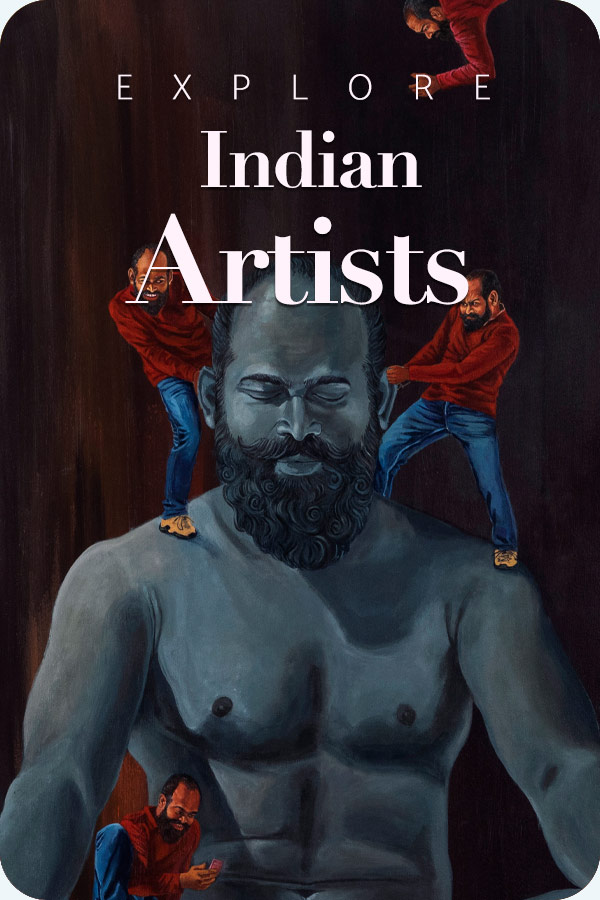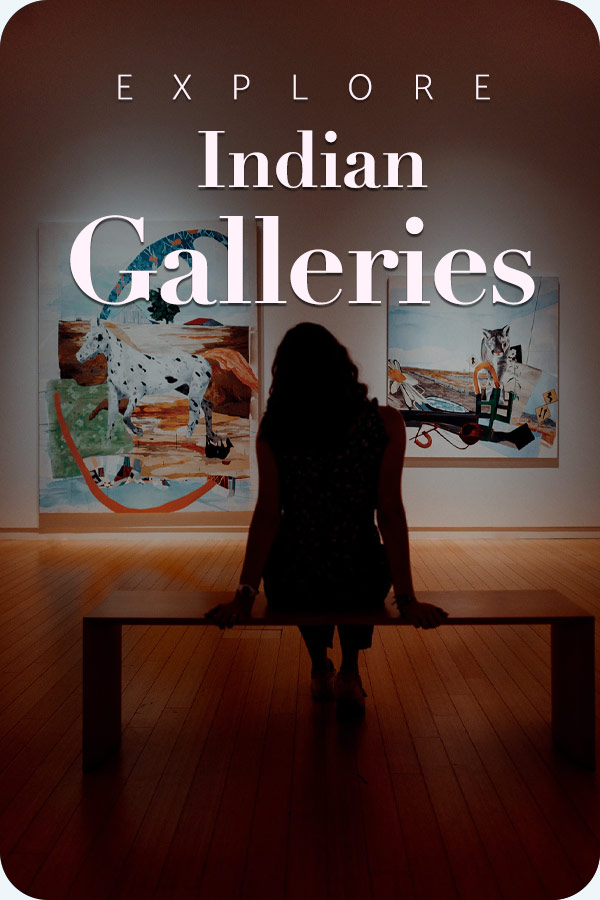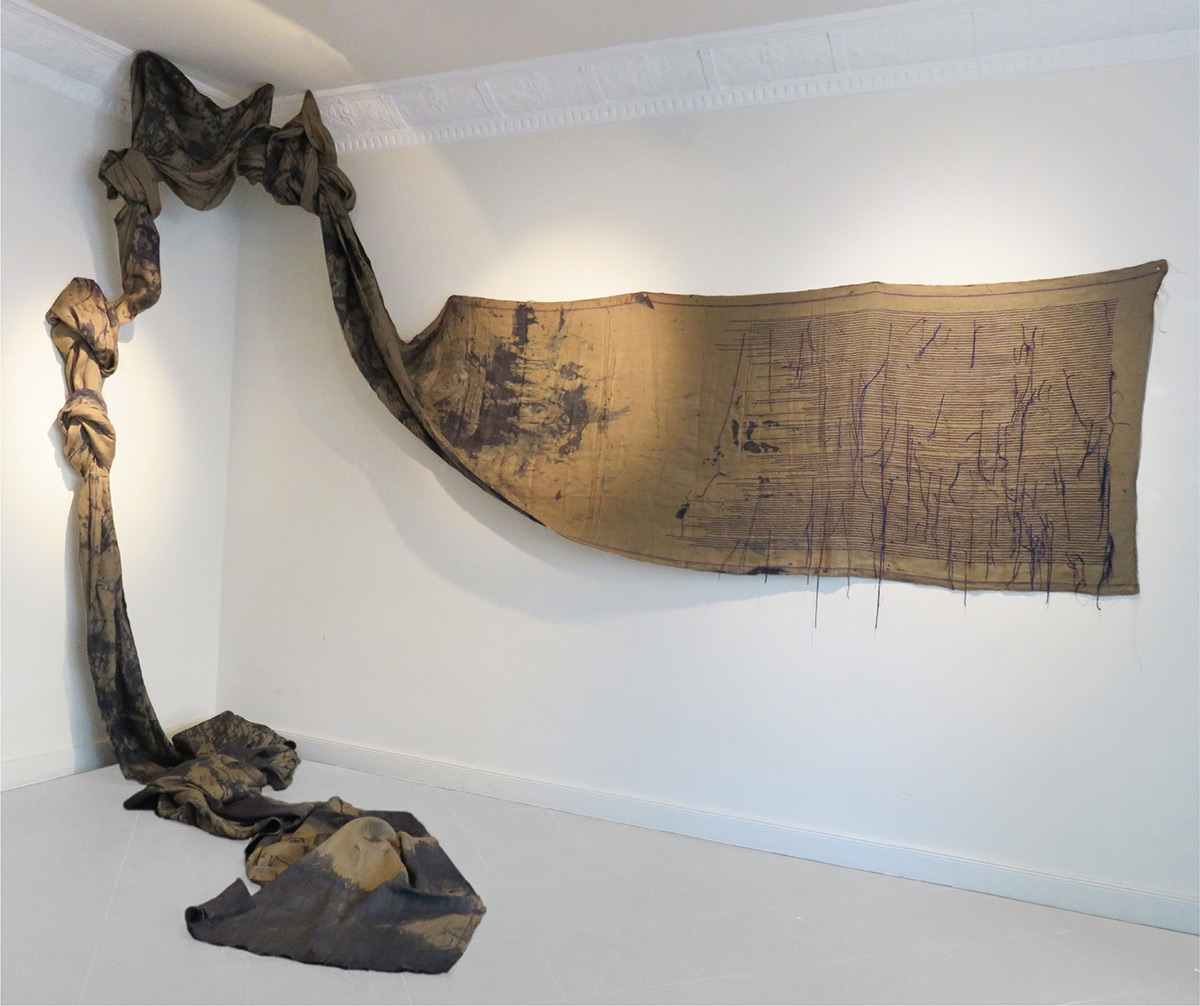
Big news from the art world! A remarkable new artist, Meenakshi Nihalani, has launched her first-ever solo show at Anupa Mehta Contemporary Art (AMCA). Meenakshi earned this major spotlight as the very first recipient of AMCA’s special ‘The Emerging Artist Solo’ (TEAS) award.
Seven Yards of Blue is open to the public until 25 October. There is no way you’d want to miss this project. It is inspired by an extensive artistic investigation into the Champaran Satyagraha, using Mahatma Gandhi’s own letters to show how the farming community was affected during the movement. Here is everything you need to know about it:
Everything You Need to Know
View this post on Instagram
This is no ordinary art display. Nihalani has created an impressive, immersive setting that uses a powerful mix of textiles and sculpture. Her work directly confronts history, vividly showing the immense difficulties faced by indigo farmers under colonial rule. She takes those crucial historical events and skillfully connects them to contemporary art, creating an important conversation between the past and the present.
| Event | Details |
|---|---|
| Title | Seven Yards of Blue |
| Artist | Meenakshi Nihalani |
| Award | First recipient of the TEAS (The Emerging Artist Solo) Award |
| Venue | Anupa Mehta Contemporary Art (AMCA), Colaba, Mumbai |
| Dates | October 13 – October 25, 2025 |
| Curator | Anupa Mehta |
| Supported by | Hampi Art Labs (Artist Residency) |
| Theme | Inspired by Gandhi’s Champaran Satyagraha (1917) and the indigo farmers’ struggle under colonial rule. |
The Inspiration: Gandhi and the Farmers’ Fight
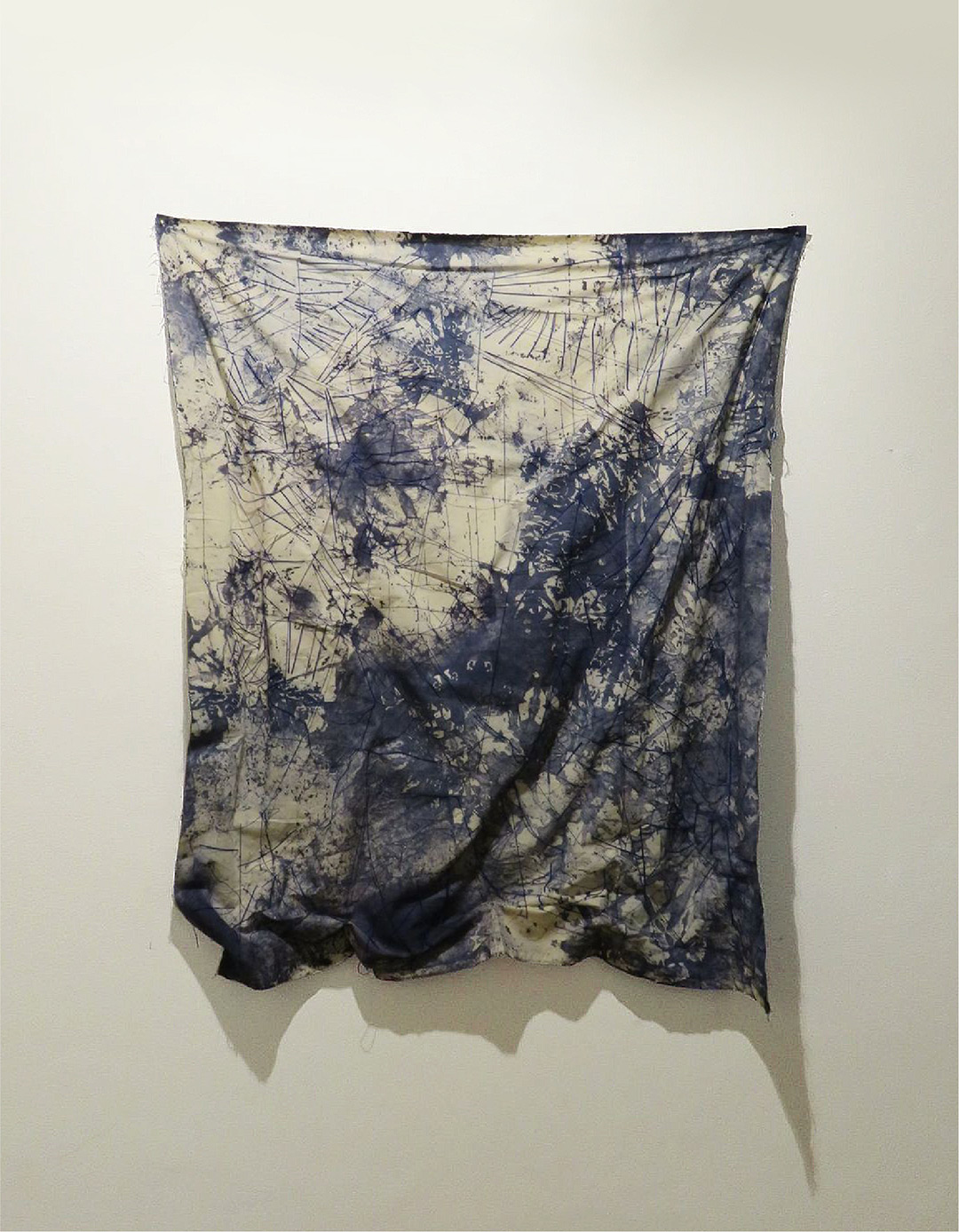
The whole exhibition focuses on the spirit of the Champaran movement, which Gandhi initiated in 1917. It was India’s first large-scale effort at civil disobedience designed to put an end to the coerced cultivation of indigo.
Meenakshi not only studied the event, but also drew emotional and historical force from Gandhi’s letters written to each other during that difficult time. Her installations tell the moving, human story of the farmers who refused to give up, focusing on lasting ideas like justice, standing up for what’s right, and self-reliance.
Anupa Mehta, the gallery owner and curator, was clearly enthusiastic:
“We are truly excited to show Meenakshi’s powerful work at AMCA as a tribute to Mahatma Gandhi during this special month. This exhibition gives us all a chance to think about how relevant justice and self-reliance still are. We plan to keep having many more important conversations through the TEAS award in the years to come, and we hope to keep encouraging new talent to share their views on relevant social and economic issues through contemporary art.”
The Significance of the Material
It’s worth noting how Meenakshi uses her materials. By focusing on textiles, she links the work back to the very fabric of the colonial economy, and Gandhi’s eventual push for Khadi. The blue of indigo, which provided unimaginable wealth to the colonizers and a precarious life for the farmers, emerges as the prevailing, often haunting, color in the installation. The textiles themselves hold the weight of labor, history, and exploitation, which renders deeply personal the farmers’ struggle for every viewer of the art.
Why the TEAS Award Matters
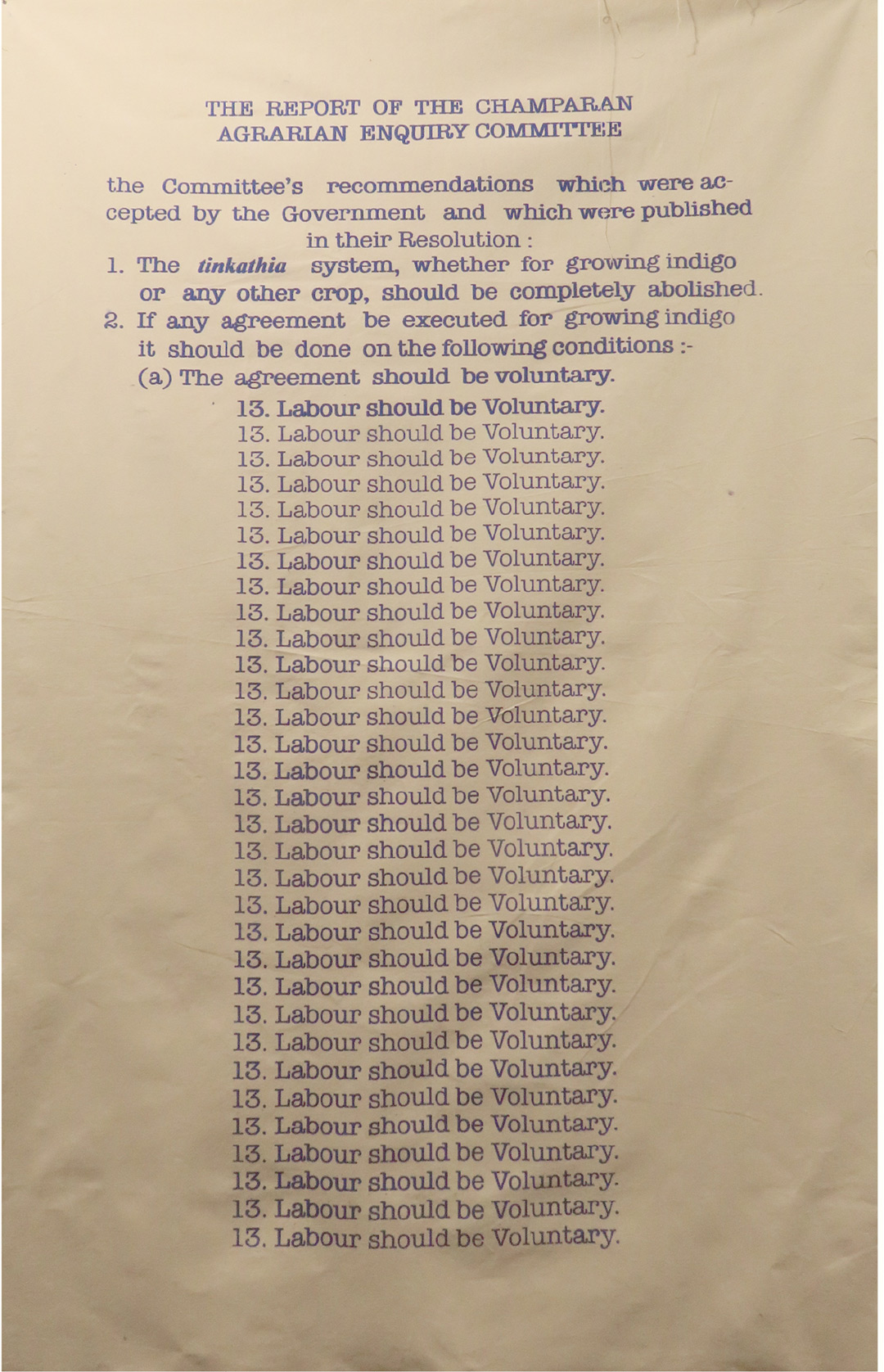
The TEAS award and its exhibition are held every year to help artists whose work bravely addresses social and economic issues, giving them a vital start. Supporting new voices like Meenakshi’s guarantees both the global and Indian art worlds can continue to have important conversations.
The opening night attracted a terrific mix of artists, collectors, critics, and the general public longing to see the powerful mix of art, activism, and history on show.
This is an experience not to be missed! You have until October 25 to see how Meenakshi Nihalani makes history, a modern, moving, and tangible experience!


